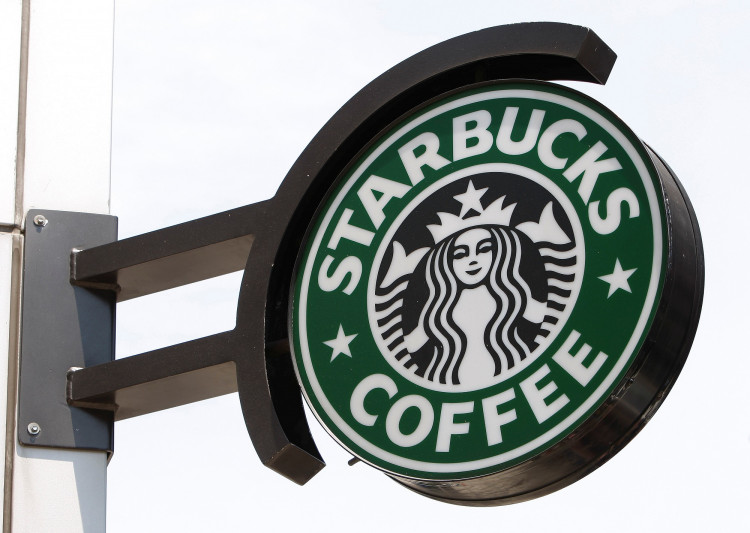Starbucks is set to resume contract negotiations with its baristas' union this week, a critical juncture that follows a particularly challenging quarter for the coffee giant. With U.S. same-store sales down by 3% and traffic declining by 7%, the company has been forced to reassess its 2024 forecast. CEO Laxman Narasimhan acknowledged the pressing need for operational improvements, citing issues that align closely with union grievances.
In his remarks to analysts, Narasimhan emphasized the necessity of creating a more stable work environment through investments in equipment innovation, process improvements, and better staffing and scheduling. "Specifically in our U.S. stores, we're focused on creating a more stable environment for partners through investments in equipment innovation, process improvements, staffing, scheduling, and waste reduction," Narasimhan stated.
The upcoming negotiations come after a period of significant unrest and dissatisfaction among Starbucks employees. The union, Workers United, has been vocal about the need for better working conditions, citing chronic understaffing and erratic scheduling as major concerns. The organizing efforts, which began nearly three years ago in Buffalo, New York, have resulted in over 430 stores unionizing, but substantial progress in contract negotiations has been slow.
Michelle Eisen, a Workers United delegate and a key figure in the unionization efforts, expressed cautious optimism. "I do believe that we are seeing the company at this point acknowledge that there are issues, significant issues," Eisen told CNBC. She highlighted the importance of Narasimhan's recent admissions as a promising step towards addressing the long-standing concerns of Starbucks workers.
The staffing challenges at Starbucks have been a focal point of union demands. Internal surveys and bargaining committee meetings consistently highlight "staffing and scheduling" as the highest priority for union-represented partners. Many employees report working short-staffed frequently and not getting enough scheduled hours. The union has also been pushing for better pay and benefits.
In response, Starbucks claims to have made significant strides in improving staffing and scheduling over the past two years. The company introduced an advanced staffing model that considers historical trends, current trends, available products, and upcoming promotions. According to Starbucks, this model has led to more stable schedules, increased partner retention, and improved employee sentiment.
One of the key operational changes Starbucks plans to implement is the introduction of the Siren System, a new set of equipment and protocols designed to streamline the order-making process. This includes a custom ice dispenser, a milk-dispensing system, and faster blenders, all aimed at reducing the steps baristas must take to fulfill orders. The Siren System is expected to be rolled out to 1,000 stores by July.
Eisen underscored the importance of such improvements, particularly for handling the high volume of mobile orders. "It's a terrible feeling to be on that floor and to pull a sticker and to look at the time and then look up at the clock on the wall and realize, you're already 8 minutes behind," she said, describing the pressure baristas face during peak hours.
Former Starbucks CEO Howard Schultz has also weighed in on the company's current state, emphasizing the need for management to spend more time with workers to understand their challenges. In a recent LinkedIn post, Schultz wrote, "The stores require a maniacal focus on the customer experience, through the eyes of a merchant. The answer does not lie in data, but in the stores." Schultz's comments highlight a shift from his previous combative stance against unionization to a more introspective approach.
Narasimhan, who took over as CEO in 2023 after being mentored by Schultz, has spent considerable time in stores with baristas and earned his barista certification. He has committed to addressing the issues highlighted by both the union and former CEO Schultz.






